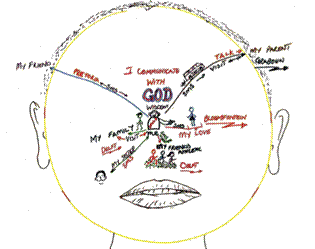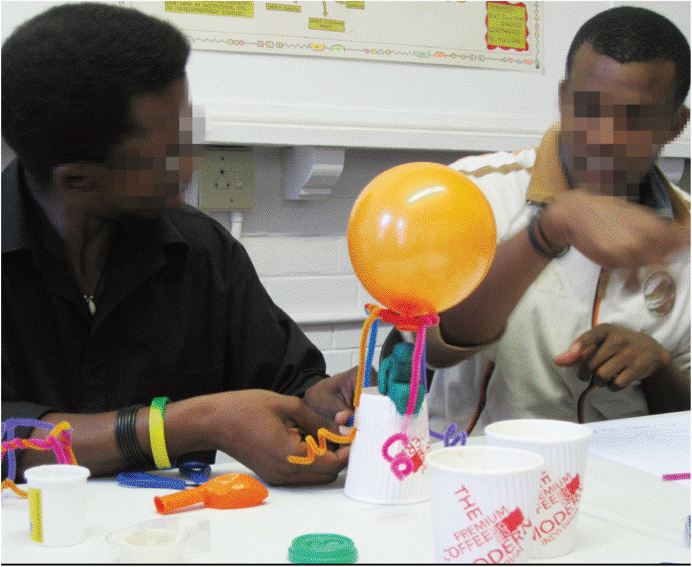11.3: Deaf Telephony: Community-Based Co-Design
Overview
Edwin Blake, William Tucker, Meryl Glaser and Adinda Freudenthal
This case study by Edwin Blake, William Tucker, Meryl Glaser, and Adinda Freudenthal discusses their experiences of community-based design in South Africa. The process of communitybased co-design is one that explores various solution confi gurations in a multi-dimensional design space whose axes are the different dimensions of requirements and the various dimensions of designer skills and technological capabilities. The bits of this space that one can 'see' are determined by one's knowledge of the user needs and one's own skills. Co-design is a way of exploring that space in a way that alleviates the myopia of one's own viewpoint and bias. As this space is traversed a trajectory is traced according to one's skills and learning and according to the users' expressed requirements and their learning.
The project team set out to assist South African Deaf people to communicate with each other, with hearing people, and with public services. The team has been working for many years with a Deaf community that has been disadvantaged due to both poverty and hearing impairment. The story of this wide-ranging design has been one of continual fertile (and on occasion frustrating) co-design with this community. The team's long-term involvement has meant they have transformed aspects of the community and that they have themselves been changed in what they view as important and in how they approach design.
Deaf users in this community started out knowing essentially nothing about computers. Their first language is South African Sign Language (SASL) and this use of SASL is a proud sign of their identity as a people. Many are also illiterate or semi-literate. There are a large number of Deaf people using SASL; in fact there are more than some of the smaller official languages. Since the advent of democracy in 1994 there has been an increasing empowerment of Deaf people and it is accepted as a distinct language in its own right.

Figure 11.10 One participant's view of communication

Figure 11.11 Participants discussing design in sign language
In this case study a brief historical overview of the project and the various prototypes that formed nodes in a design trajectory are presented. The methodology of Action Research and its cyclical approach to homing in on an effective implementation is reviewed. An important aspect of the method is how it facilitates learning by both the researchers and the user community so that together they can form an effective design team. Lastly, such a long-term intimate involvement with a community raises important ethical issues which are fundamentally concerns of reciprocity.
